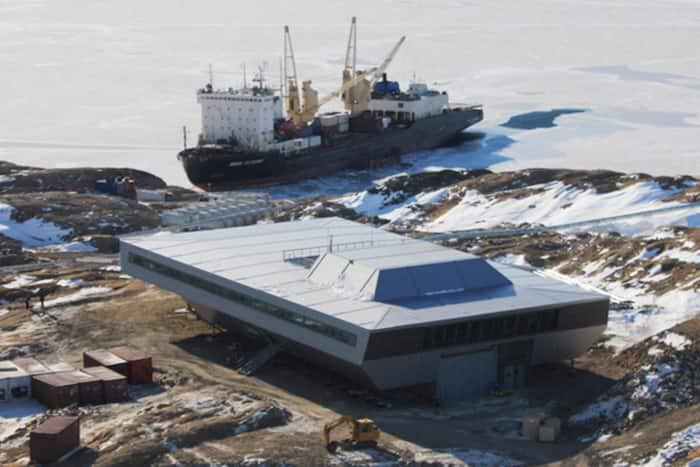
[ad_1]
The ionosphere is a part of Earth’s upper atmosphere, which is partially ionized extending from 100-1000km.

Indian Antarctica Station Bharati: The cold dark winters and the bright sunny summer of Antarctica hold a secret in the ionosphere that scientists have traced recently. The day-night ionospheric density varied regardless of 24 hours of sunlight in summer and complete darkness in winter.
Decade-long ionospheric observations at Bharati station, Antarctica, found a substantial seasonal variation with maximum total electron count (TEC) in equinoctial months followed by the summer and winter. Such long-term studies can help understand the effects of the ionosphere on satellite-based navigation and communication systems and mitigate them.
The ionosphere is a part of Earth’s upper atmosphere, which is partially ionized extending from 100-1000km. The ionosphere at polar regions is highly dynamic and acts as a major energy sink for space weather events, and related processes in magnetosphere-ionosphere systems as the magnetic field lines are vertical in this region. The ionospheric observations in Antarctica are few compared to Arctic region due to geographic limitations and limited number of stations.
A team of scientists from the Indian Institute of Geomagnetism (IIG), an autonomous body of the Department of Science and Technology (DST) have examined the long-term seasonal ionospheric observations at Indian Antarctica station Bharati between 2010 and 2022 and also with solar activity following Sun’s 11-year cycle.
It was observed that though there was no sunlight incidence throughout the day in winter months (polar nights) at Bharati station; a diurnal pattern was observed with peak ionospheric density near local noon. The day-night ionospheric density variations were observed regardless of 24 hours of sunlight in summer and complete darkness in winter. The scientists attributed the peak ionization to particle precipitation and transportation of convectional plasma from high latitudes. Also, the maximum ionospheric density in the summer months where 24 hours sunlight is present (polar days), was about twice more than that of polar nights at the Bharati region.
The study was published in the Journal of Polar Science. This kind of long-term studies will help us understand effects of ionosphere on satellite-based navigation and communication systems and to mitigate them.
[ad_2]